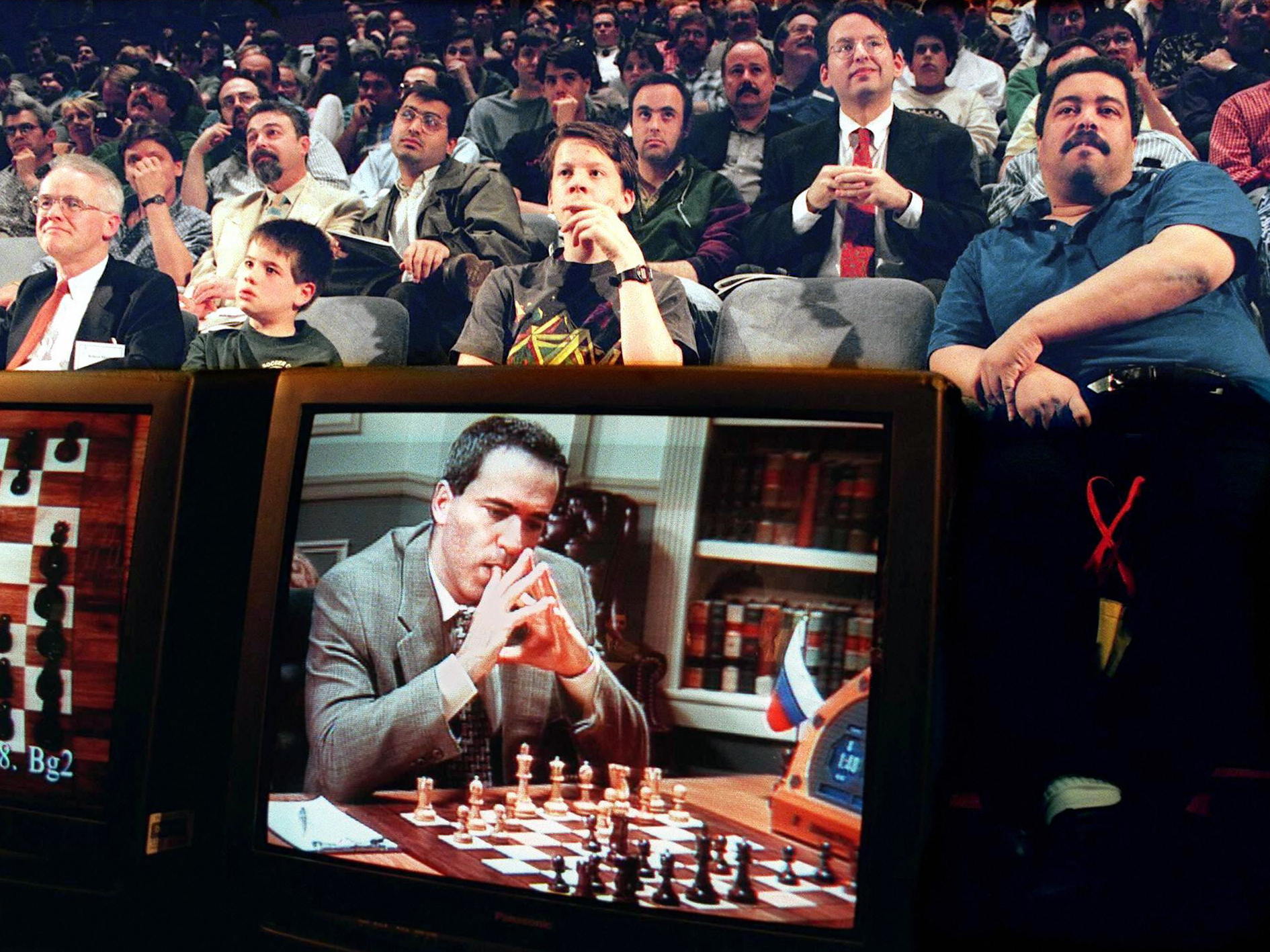

In the late 1940s, the founding fathers of the discipline, Alan Turing (1912-1954) and Claude Shannon (1916-2001), proposed basic programs that could play chess. "The idea of developing AI designed for board games emerged in the early days of computer science," points out Cazenave. A quest that dates back to the beginnings of computer science
DEEP BLUE CHESS COMPANY SOFTWARE
The development of such software programs has always attracted AI experts, and for good reason board games, or "strategy games", involve a broad range of human intellectual capacities, and offer a privileged field of experimentation for testing machine intelligence and comparing it to human intelligence, with one of AI’s goals being the development of devices that outperform (and thereby replace) the human brain for certain specific tasks.
DEEP BLUE CHESS COMPANY HOW TO
Now, as for how these dishes actually taste, well, don’t knock bear meat until you try it.AI systems designed for board games consist of algorithms that formalise a way of thinking about a given game, and even how to learn and practice on their own, as in the case of Athénan. It’s what I imagine as one part Deep Blue, one part Michelin chef, and one part helpful hippie checkout clerk from your local co-op. Varshney imagines his system as a powerful counterforce to the obesity epidemic, capable of developing some of the tastiest, healthiest, and least processed recipes that are theoretically possible–and even doing so on a personalized level to please picky eaters. Indeed, the rhetoric around IBM’s culinary creation is not that computers will one day triumph over mankind, but that they just might save it. It’s not even Watson, the well-documented, borderline likeable computer that led Jennings to quip, “I for one welcome our new computer overlords.” In other words, it’s a far cry from Deep Blue, IBM’s highly secretive supercomputer crafted with the sole goal of publicly trouncing the greatest chess player of all time (and then refusing him a rematch). IBM was quick to stress that their flavorbot is designed to be a collaborative system. Part of the reason is purely logistical–building a robotic chef would be a serious undertaking unto itself–but it’s also a symbolic gesture. Once the dish idea is complete, the computer turns to a human counterpart (professional chefs supplied by IBM’s partner, the Institute of Culinary Education) to handle the actual cooking. Italian grilled lobster, with a complex set of pairings including salt, pepper, saffron, green olives, tomato, pumpkin, mint, oregano, white wine, water, macaroni, orange juice, orange, bacon, and oil. The team’s goal is novelty, or even more specifically, “changing one’s beliefs as to what food is.” If we were all already eating that dish, the computer would have had no reason to propose it. Bear meat may be a tough sell, and that’s entirely the point. So a meal of saffron and bear meat flavored with sandalwood–a recent pitch of IBM’s flavorbot–is inherently prioritized over another new recipe that features a more common set of ingredients like sweet potatoes, butter and rosemary.

This ranking is essentially a means to maximize creative potential. “You want to rank them by which will be perceived as flavorful and which are novel.” “You generate a million new ideas, but of course a million isn’t useful,” Varshney says. IBM tells me that these data sets–stored both locally and in the cloud–are actually “fairly small.” The AI’s job is to juggle each, decomposing and recomposing plates digitally while weighing cultural norms and our chemical perception of food.


 0 kommentar(er)
0 kommentar(er)
